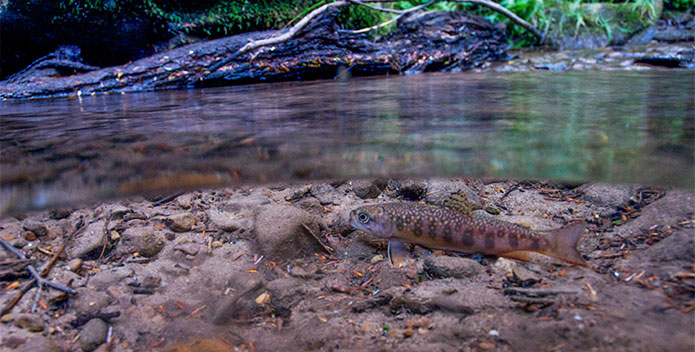The following was originally published in Times Leader.
Pennsylvania is in the process of updating its Clean Water Blueprint to protect and restore rivers and streams critical to our economy, citizens and quality of life.
The plan, formally known as the Phase 3 Watershed Implementation Plan, must specify the actions the Commonwealth will take between now and 2025.
Nearly 40 percent of Pennsylvania’s 86,000 miles of rivers and streams are not meeting water quality goals. Fixing that is a tall order requiring collaboration, communication and partnerships to bring the plan to reality.
Fortunately, county conservation districts, Natural Resources Conservation Service staff, farmers, sportsmen and women, community and conservation groups, and others have been doing what they can to reduce pollution.
It requires investment. Unfortunately, the General Fund budget just negotiated by the legislature and signed by Gov. Tom Wolf does not provide sufficient investments to finish the job.
Pennsylvania has much work to do.
The draft of the Blueprint achieves only two-thirds of its nitrogen pollution reduction goal and has an annual funding shortfall of about $250 million from now until the end of 2025, when Pennsylvania committed to achieve its clean water goals.
Instead of upping its game to provide adequate investments, Pennsylvania’s new budget diverted $16 million from the Environmental Stewardship Fund (ESF), making the job even more difficult.
Through this fund, CBF and countless others have leveraged private and other investments to help family farms keep soils and nitrogen and phosphorus on the land instead of in the water. It has helped install flood-reducing practices in urban and suburban communities, and restore streams so that brook trout and hellbenders can return.
The state’s $7.4 billion farm economy relies on healthy soils and clean water, as does Pennsylvania’s $26.9 billion outdoor recreation economy.
But it doesn’t end there. Most Pennsylvanians get their drinking water from surface waters. So-called “River Towns,” hotbeds of community revitalization and renaissance, are reliant on clean water.
According to the Growing Greener Coalition, funding diverted from the ESF could have created 32,000 new acres of streamside forests, one of the single most cost-effective tools for restoring rivers and streams.
A recent study prepared by ECONorthwest for the Delaware RiverKeeper Network found that each acre of streamside forest provides over $10,000 a year in natural benefits like reduced erosion and flooding, improved wildlife habitat, and property protection. By diverting those ESF funds, Pennsylvania will lose a return of $320 million annually in benefits.
Getting Pennsylvania’s clean water effort back on track will be rooted in working with the over 33,000 farms, more than 1,000 local governments, countless businesses, and about 4.5 million residents that rely on clean and abundant water.
Pennsylvania can still be a clean water hero, but the clock is ticking toward the deadline to implement the Blueprint by 2025.
The great news is that the science is clear. There is growing energy and enthusiasm to make a complete and funded Blueprint happen. What is needed is the political will and leadership to implement it.
We stand ready to work with legislators and Gov. Wolf in support of future funding sources like agriculture cost-share programs, the Keystone Tree Fund, and other measures that will address this budget’s shortcomings when it comes to clean water.




